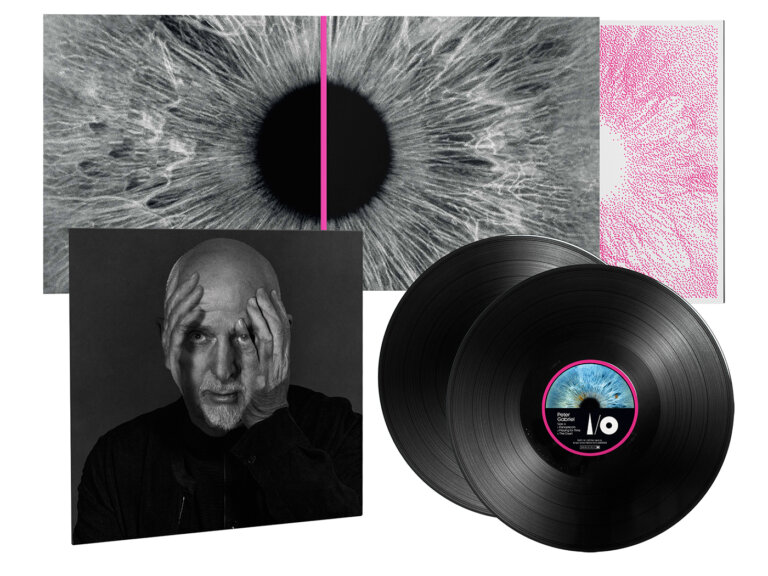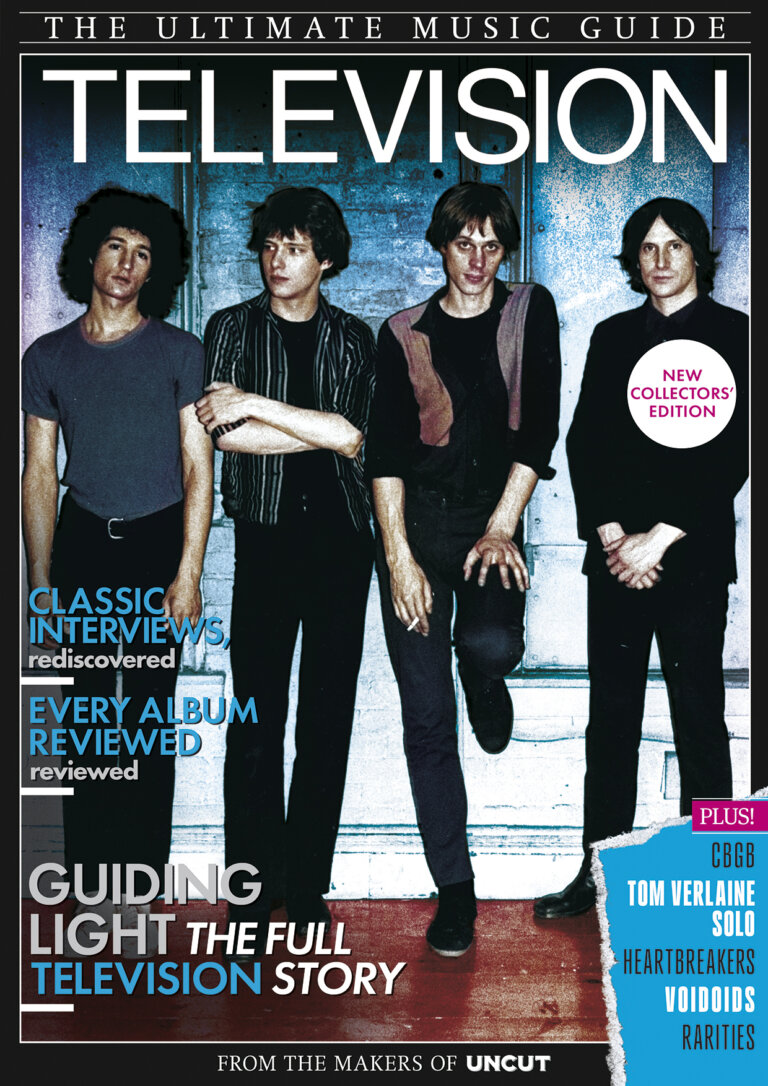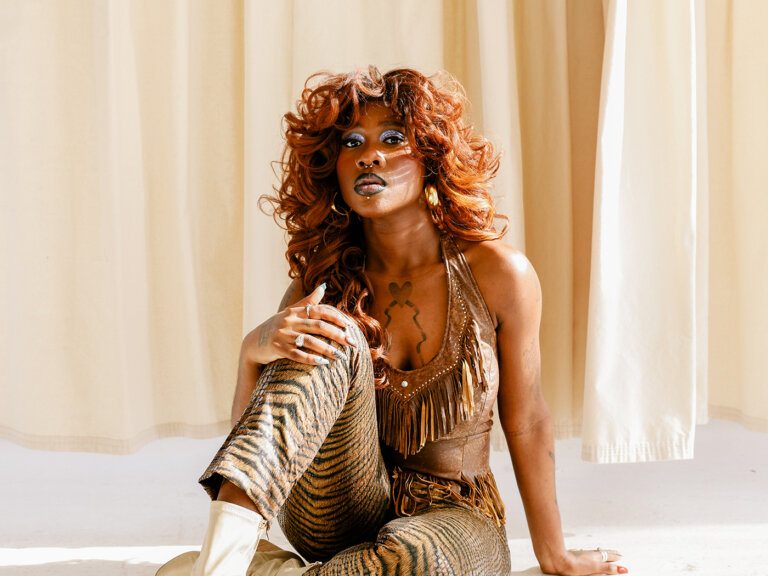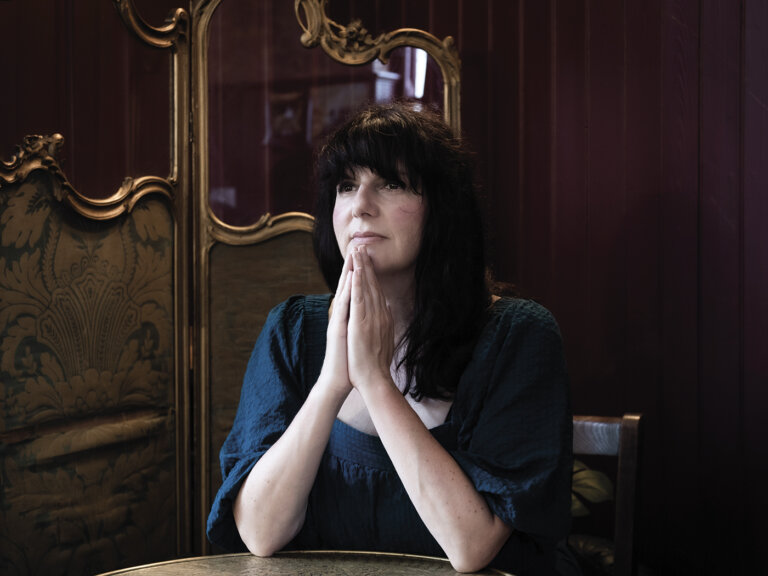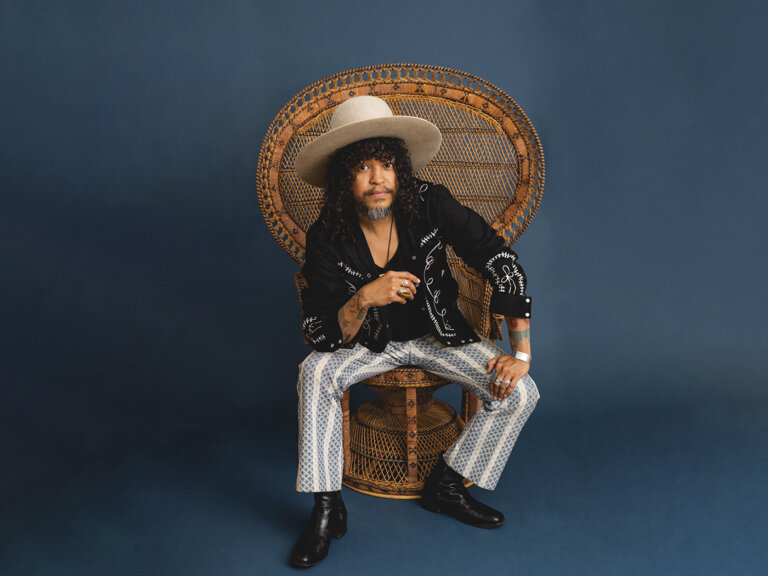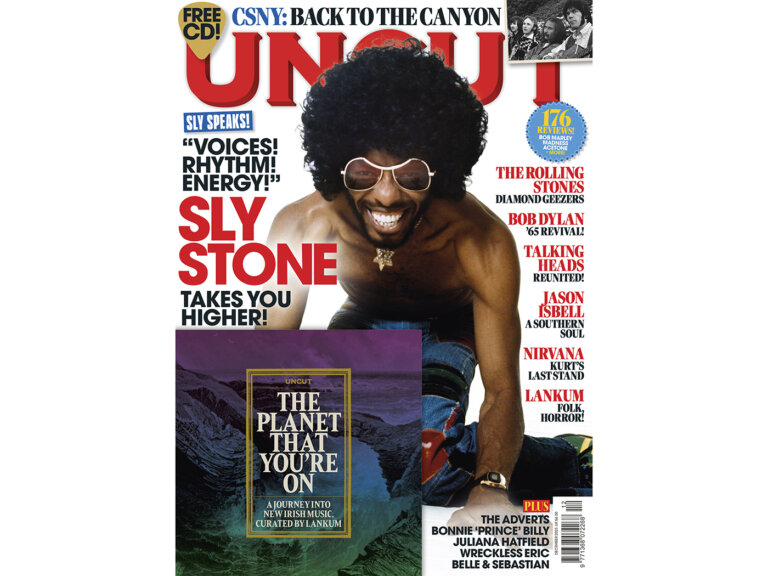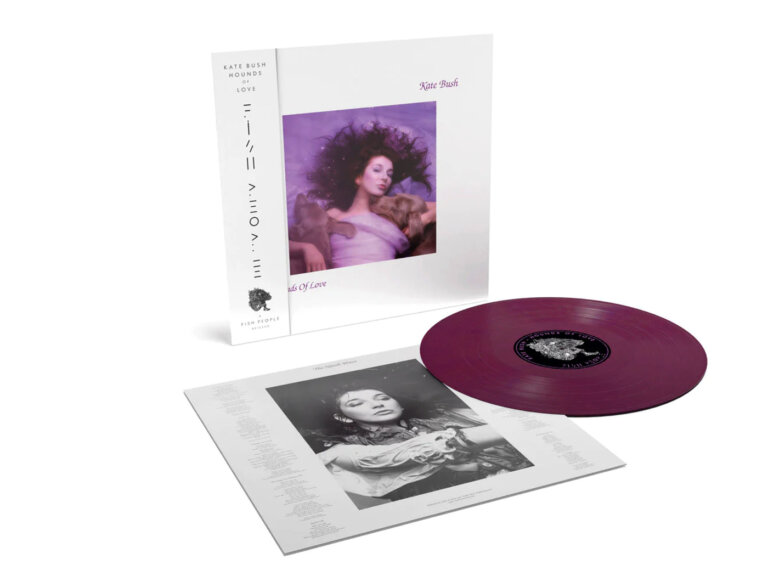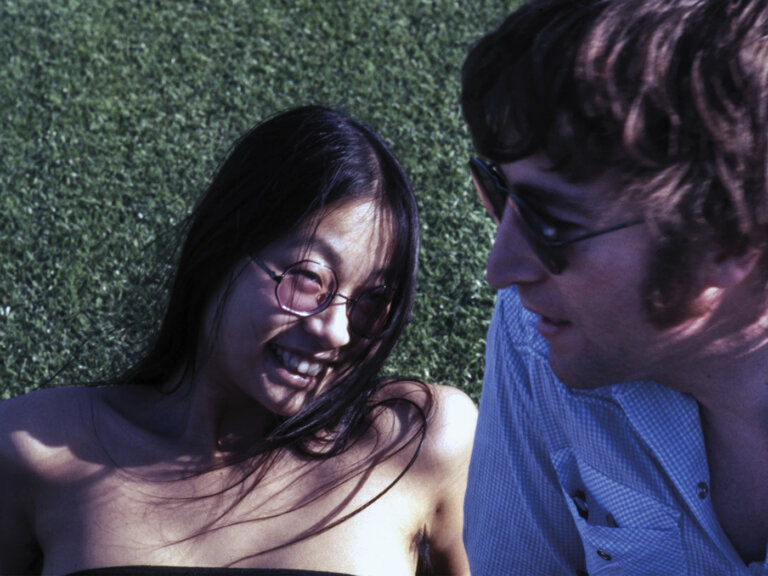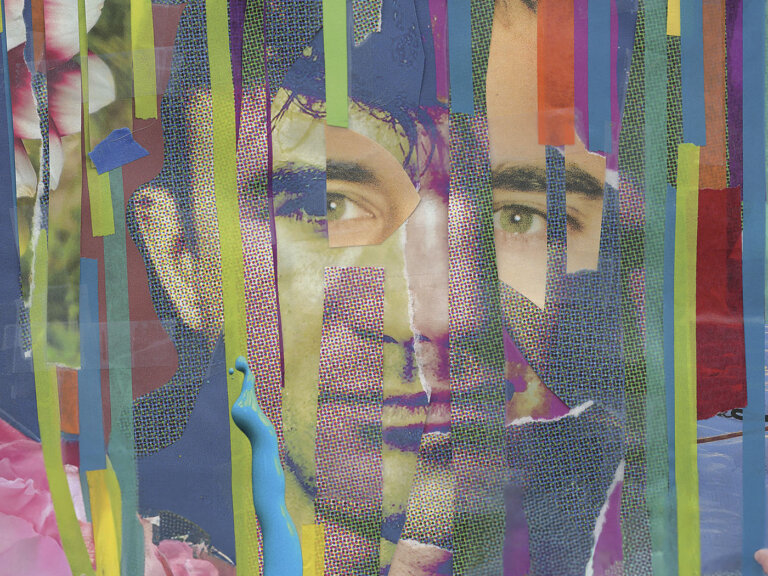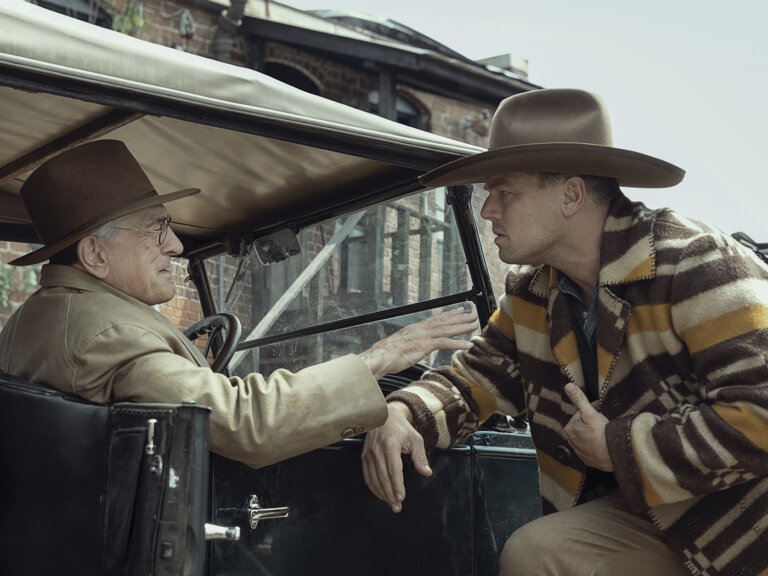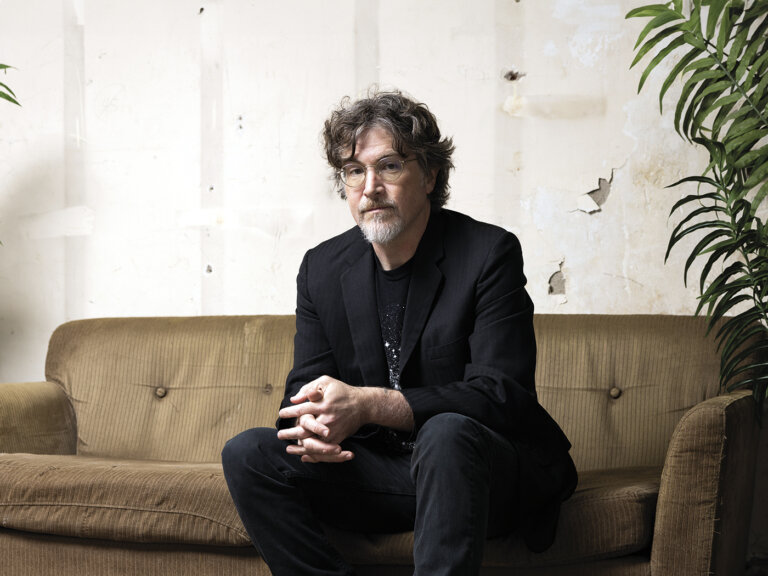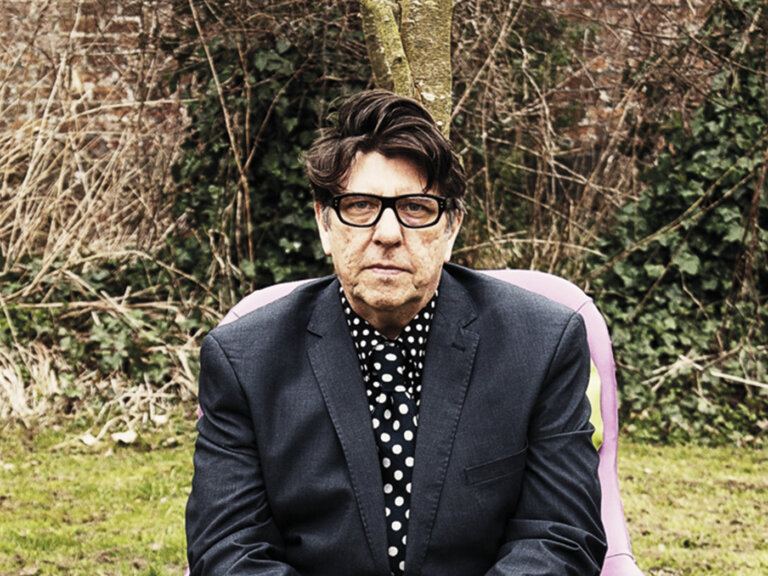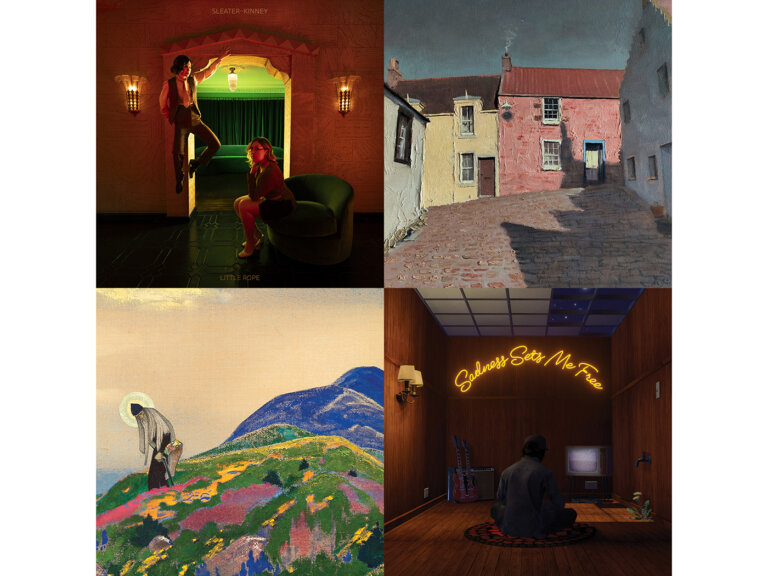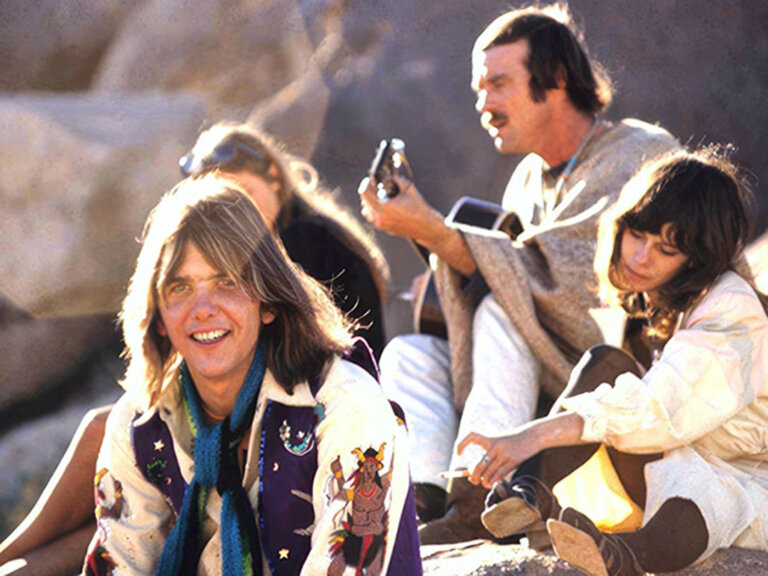As Chris Forsyth prepares to reissue an expanded edition of his beloved Solar Motel album, the maestro looks back on the nine key albums in his career that have taken him from the New York avant-garde scene to elder statesman of transcendent psychedelic guitar jams.
“The guitar is like a puzzle,” muses Chris Forsyth, zooming in from an airy cabin in upstate New York, where his wife Maria Dumlao has an artist’s residency. “I don’t think you ever really figure it out. But it’s important to punch through and find other things, to keep it interesting. Like any relationship, if it stagnates then it becomes less rewarding.”
Forsyth cut his teeth on the New York avant-garde scene of the late-’90s and early-’00s, where rock was a dirty word. But slowly he found his way back, via an enduring love for the work of Richards Thompson and Lloyd; he credits his renewed enthusiasm for the guitar to a period spent studying with the Television legend. Eventually reverting to something approaching a classic rock-band lineup – minus the egotistical frontman – Forsyth retains a nose for adventure and a determination to take rock music somewhere new without abandoning its core principles.
“I’m always trying to reconcile these two sides of my brain,” he admits. “There’s a great Eno quote where he says experimental music is like the North Pole: I like to know it’s there, it enriches what I do, but I’d much rather live in the south of France. I feel that way about both extremes. Jazz, rock, blues, anything can become this regimented, predictable thing that gets frozen in amber or put in the museum, and then it’s supposed to not change. And that’s despicable to me. It’s got to be alive and being alive means changing.”
CHRIS FORSYTH
PARANOID CAT
Family Vineyard, 2011
After a decade or more in the New York avant-garde, Forsyth makes his first ‘rock’ album
I grew up playing in rock bands, and then in the mid-’90s I kinda got dissatisfied with it. Culturally it felt like rock was drying up, and I became more interested in experimental approaches. That coincided with me moving to New York City from New Jersey and being exposed to a lot more diverse music at venues like Tonic. Honestly though, part of why I drifted away from rock music was that I wasn’t very good at it. When I studied with Richard Lloyd, he basically taught me how to play the guitar and how music works on a fundamental basis. By the time of , which was coming together just before I moved to Philadelphia in the summer of 2009, I felt like I was at the point where I could deploy some of these things in a way that was interesting to me, that was worth sharing. I still think of that song [“Paranoid Cat Parts 1-3”] as one of the more kind complete things that I’ve done. It’s got that hypnotic, repetitive thing, which comes from classic New York minimalism, but it’s also got this folky thing. I’ve always been attracted to where those places meet, a sort of ‘back porch minimalism’ – stuff that’s got its toes in the mud, but that’s also reaching for something else.
CHRIS FORSYTH
SOLAR MOTEL
(Paradise Of Bachelors, 2013)
Over the course of four sturdy psychedelic sorties, a band begins to take shape
When I moved to Philadelphia, I got an artists’ fellowship from the Pugh Center which was a pretty significant chunk of change. They said, ‘What’s some small project that you’d really like to do?’ And I said, ‘I’d really like to be able to go into a recording studio and record with a full band.’ It’s the first time I worked with Jeff Zeigler who’s been involved in almost all of these records. We mixed Paranoid Cat together, and then I was able to go into his studio in Philly. We did Solar Motel in three days, it was still very quick. Peter Kerlin helped me record Paranoid Cat but this is the first record where he’s playing bass. Mike Pride is an incredible drummer who can play anything. Shawn Hansen, the keyboard player, is also one of those people who can play anything but he also was totally fine with playing something really simple. It’s like when guitar players talk about George Harrison, they’re like, ‘He never played the wrong thing’. Shawn is great at that.
CHRIS FORSYTH & THE SOLAR MOTEL BAND
INTENSITY GHOST
(No Quarter, 2014)
A breakthrough album, unashamedly tapping into the essence of classic rock from Zeppelin to Television
For the first time I started getting reviewed, and there were some gigs. And so I was like, now I have to actually make a band. There was a really great synergy for me with the people that played on this record. It didn’t last very long; I didn’t know how to be a bandleader or how to be a manager of people and I think my expectations were sometimes out of whack, and so it was challenging from an administrative standpoint. But musically it was great to play with Paul Sukeena. He’s a great guitar player who went on to be the star of Angel Olsen’s band for a few years. I joked that the working title for this record was Sticky Fingers, because maybe is the best Stones record but Sticky Fingers is the most potent punch-for-punch. And this record felt like that for me: it covered a lot of ground very efficiently, the band was in a good place, and it just came together really easily. And that doesn’t always happen, you know?
PEEESSEYE
SCI FI DEATH MASK
(Humansacrifice, 2014)
Last hurrah from the experimental improv trio Forsyth formed in 2002 with Jaime Fennelly and Fritz Welch
We used to say our band was divided into three elements: science, magic, blues. Jaime was the science, Fritz was the magic and I was the blues. Jaime played synthesisers and electronics, he used to play these ancient sine wave oscillators from the ’50s. Fritz is a totally untrained musician, but he can play shit that other people can’t play. He knows how to combine serious avant-garde ideas with humour and absurdity, so he’s a very special ingredient. At the time we got together it was post-9/11, which looking back I feel like is an undeniable piece of that band, dealing with the trauma of being in New York when that happened and everything that came after. The band was a collective three-headed monster where nobody’s in charge, there was no ‘you can’t do that’, or ‘this is how that goes’. Sometimes it was contentious and that came out in the music as well. The last thing we did was this artist’s residency in Antwerp, which is where these recordings came from. And I still think that’s still the most potent thing we did – it’s just pure intensity and freedom of expression. But a lot of it’s kind of dark stuff. It was so intense, playing that music, that I wanted to do something a little less dangerous for me.
CHRIS FORSYTH & THE SOLAR MOTEL BAND
THE RARITY OF EXPERIENCE
(No Quarter, 2016)
The focus sharpens, with Forsyth paying tribute to Richard Thompson and singing for the first time
When Paul left the band, I didn’t think that somebody would be able to just walk in and fill those shoes and add something, but Nick [Millevoi] did. He’s a phenomenal player and he’d had a few records out on Tzadic, which is John Zorn’s label. The Rarity Of Experience is a tight, short-ish record, although there’s still some sprawling stuff on there. There’s songs, there’s vocals. That started because we would just play covers for fun in rehearsal, or at gigs sometimes, and somebody had to sing them. I had never sung in a band before, so it was a huge hurdle to get over. I suspect I would wince a little bit at some of the vocals now, but that’s part of the deal. You’re putting something out there, and if you wait until it’s perfect, it’s probably too late. Jaime [Fenelly] did a synthesiser part for “Anthem” that sounds like The Who! And there’s a version of “The Calvary Cross”, which I originally recorded for Aquarium Drunkard – I remember thinking it was the best performance that the band had done. I would love for Richard Thompson to hear it, there are few musicians on earth that I think are more compelling and brilliant than him. The Grizzly Man soundtrack just came out on No Quarter, so we’re labelmates now!
CHRIS FORSYTH
ALL TIME PRESENT
(No Quarter, 2019)
A vivid showcase for the full range of Forstyth’s talents: rousing riffs, 20-minute trance-outs and an inspired collaboration with Rosali on the intoxicating “Dream Song”
When I came up with the riff to [opening track] “Tomorrow Might As Well Be Today” I was like, ‘Oh, this sounds like Richard Thompson playing The Bangles.’ There’s a part of the melody that sounds like “Manic Monday” to me. Which is great, I fucking love that shit. I feel like there’s maybe a sense that I’m this psychedelic warrior who melts people’s faces, which is funny because really I think about economy all the time. Television is the same way – a song like “Marquee Moon”, there’s not a wasted moment on it, it to be 11 minutes long. The most interesting thing to me is having that precision and giving it the time to expand. The best composition should sound improvised, and the best improvisation should sound composed. If it’s a short, punchy song, it should sound like it just exploded, even if it actually took weeks to sew the pieces together. And the best improvisation should sound preordained, like it’s telling a story that’s really coherent. The score for “Techno Top” was basically: here’s a pulse, here’s a groove – everybody can do whatever they want, but make a choice and stick with it. And then when you make another change, make it count, so it’s not willy nilly. Be really considered and patient and decisive. The idea of the title was that we wanted it to be like if ZZ Top was playing techno. Both those things are kind of trancey and momentum-based and minimal. They’re not indulgent but they require time; you can’t get to that place in two minutes. I wrote “Dream Song” in 1993 or something. I tried it at various times through the other bands and it just didn’t stick. I was like, ‘OK, this time we’re gonna get it to stick.’ I love Rosali, she’s a great singer and also somebody with a really broad conception of music, maybe more broad than the casual listener would discern from her song-oriented records, which are great. But when I first met her, she was doing these really dreamy vocal performances with loop pedals and stuff. Her voice is obviously one of those instruments where you’re like, ‘God, I wish I could sing like that’.
CHRIS FORSYTH WITH GARCIA PEOPLES
PEOPLES MOTEL BAND
(No Quarter, 2020)
A storming live set from Johnny Brenda’s in Philadelphia, with Forsyth backed by jam-rock specialists Garcia Peoples
With , I felt like I had accomplished a bunch of things that I had been meaning to do, and I was kind of like, ‘What now?’ I wasn’t sure. I was in Philly and my bandmates were still all over the place – Peter was living in New York, Ryan [Jewell] was in Ohio, Shawn was back in Kansas City. And it’s a huge thing to coordinate just to do gigs. So that’s when I was like, ‘Fuck it, there is no band, it’s whoever is available.’ I liked Garcia Peoples as people and as a band, and we’d played some gigs together. In 2019, they had a show in New York with Ryley Walker, but Ryley got sick. Tom [Malach, Garcia Peoples guitarist] called me up and was like, ‘Ryley can’t do this gig on Saturday, we’re thinking maybe you want to come up and we’ll do a set with you.’ So we played “Techno Top” and “The Calvary Cross” and “The Other One” by the Grateful Dead. I did a residency at this place Nublu in New York City and in the middle of that I also booked a gig in Philly with Garcia Peoples and I decided I would record that, just as a way of trying to do something different. So Garcia Peoples learned the material – I remember going to their rehearsal studio and as I was walking down the hall, they were playing “Tomorrow Might As Well Be Today”. I walked in and was like, ‘I don’t even need to do this – I could just kick back and have a beer and you guys could play!’ Anyway, we did the recording and it came out really well. It captures the atmosphere of being in a club and the band really kicking.
CHRIS FORSYTH / DAVE HARRINGTON / RYAN JEWELL / SPENCER ZAHN
FIRST FLIGHT
(Algorithm Free, 2020)
A fully improvised set, recorded at Nublu in New York the night after the Peoples Motel Band show
Yeah, September 2019 was a big month for me! As part of my residency at Nublu, the promoter said, ‘Oh, you should do something with my friend Dave Harrington.’ I didn’t know Dave at all but I knew Darkside a little bit. And funnily enough, he was the first bass player in Sunwatchers, before Peter Kerlin. So there’s some weird connections. I got in touch with Dave and he was into it. I said, ‘I know a really good drummer’ [Ryan Jewell] and he was like, ‘I know a really good bass player’ [Spencer Zahn] and that was that was the extent of the discussion. I don’t think there was even a soundcheck, we barely talked. And then when we were going up on the stage, Dave said, ‘Should we pick a key or something?’ And I was like, ‘It’s too late!’ Sometimes it’s better to [accept that] there’s no preparation for this. And that was another really uncanny gig. We played for 60 minutes straight, just one long thing. But it was episodic, and there were structures that came up and disappeared. People would step forward and make space and there was never any overblowing or fighting for attention. It felt super-organic and natural, and it was just a joy. I remember, we all stopped playing and were like, ‘Wow, I don’t even know you, man – I feel like I know you a lot better now!’
CHRIS FORSYTH
EVOLUTION HERE WE COME
(No Quarter, 2022)
Tortoise’s Doug McCombs joins the band, and there are cameos from Steve Wynn, Bill Nace and Sun Ra Arkestra’s Marshall Allen!
Montrose Recording [in Richmond, Virginia] is a studio that Steve Wynn had recommended to me repeatedly. It’s probably the best studio I’ve ever worked in. They’ve got an eccentric old mixing desk that belonged to Mark Linkous from Sparklehorse and it gives everything this . We recorded for three days and as always the best track on the record ended up being the last one we did [“Experimental & Professional”]. Doug is an incredible guy to play with, he’s so solid and precise and just holds shit together. Tom [Malach] is one of those people that has a special sixth sense about music – he’s both instinctive and incredibly full of knowledge and understanding. Marshall Allen, it’s amazing to be in his presence. He was in World War II liberating fucking death camps, and then living as a black man in America for his entire life. But this joy comes through in his playing… and all the other stuff. It’s just the deepest music there is. I was looking at the range of people on the album: even in the core band, there’s somebody who’s about 30 [Malach] and somebody who’s about 60 [McCombs]. Steve Wynn’s a little bit older than that. And then Marshall is almost 100! That wasn’t necessarily part of the plan but I think it does speak to something about the music. What can this music be? Rock music is not really popular music anymore. But then again neither is jazz, so what can it be now? It’s partly being able to comment on it or critique it and also celebrate it, rather than replicating something. It’s trying to keep it alive, keep the ball in the air.
You can pre-order the expanded Solar Motel album direct from Chris’ Bandcamp page


